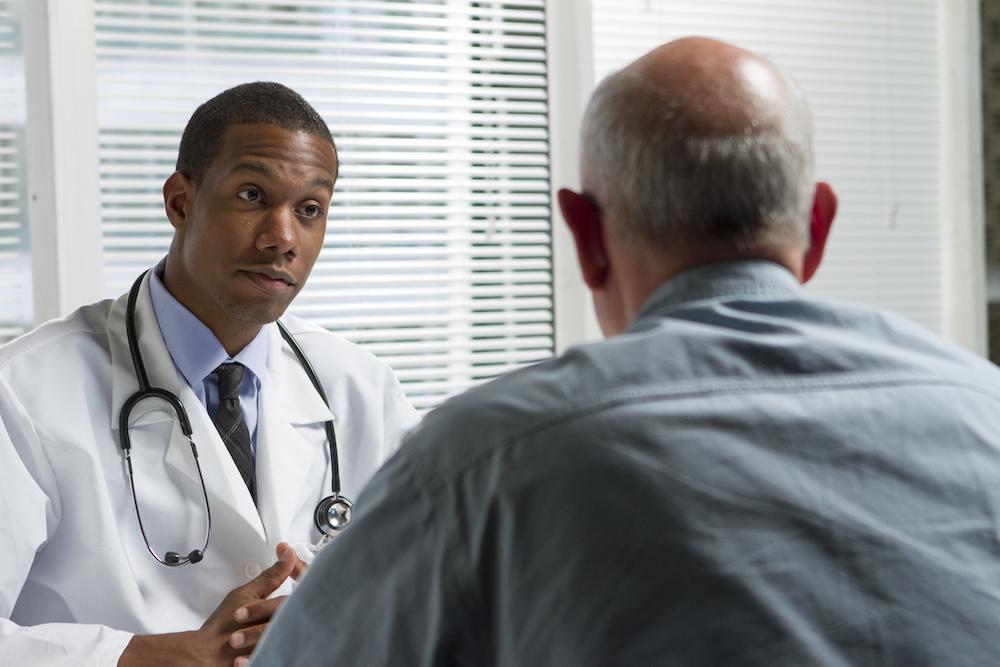10 Must-Know Facts About Cervical Cancer
This past year, an estimated 14,100 women in the United States were diagnosed with invasive cervical cancer, yet it is the fourth most frequently diagnosed cancer in women between the ages of 35 and 44 worldwide.
Cervical cancer affects the cervix, and the most common cause is infection with the human papillomavirus (HPV), a sexually transmitted infection. Cervical cancer can often be found early, and sometimes even prevented, by having regular screening tests. If detected early, cervical cancer is one of the most successfully treatable cancers.
As January is Cervical Cancer Awareness Month, here are the top 10 key facts and statistics you need to know about cervical cancer:
- Cervical cancer is the fourth most common cancer in women worldwide, with an estimated 570,000 new cases and 311,000 deaths in 2020.
- HPV is mainly transmitted through sexual contact and most people are infected with HPV shortly after the onset of sexual activity. More than 90% of them clear the infection eventually.
- Cervical cancer is more common in women who smoke, have multiple sexual partners, or have a weakened immune system.
- Women living with HIV are 6 times more likely to develop cervical cancer compared to women without HIV.
- Cervical cancer can be prevented through HPV vaccinations, practicing safe sex, quitting smoking, and getting regular cancer screenings, such as Pap tests or HPV tests.
- Currently available vaccines are intended to produce immunity to HPV types that cause about 90% of cervical cancers. Two main HPV types are responsible for nearly 50% of high grade cervical pre-cancers.
- Symptoms of cervical cancer may include abnormal vaginal bleeding, pain during sex, and abnormal discharge.
- Treatment options for cervical cancer may include surgery, radiation therapy, chemotherapy, immunotherapy, and targeted therapy.
- The 5-year survival rate for cervical cancer is 92% for cases detected at the earliest stage (stage 0 or stage 1). This drops to 57% for stage 2, 17% for stage 3, and 9% for stage 4.
- Cervical cancer is a leading cause of cancer death in women in many developing countries, but is much less common in developed countries due to widespread access to screening and vaccination. Cervical cancer disproportionately affects women of lower socio-economic status and those who lack access to healthcare.
At Hunterdon Hematology Oncology, we are a community oncology practice holding continuous education and information sharing as a top priority. WHO practices integrative oncology, using complementary techniques to improve quality of life and help our patients manage the journey through cancer treatment.
To find out more about cervical cancer, book a screening test, or arrange a consultation, call the HHO team in Flemington, New Jersey at 908-237-1201 or schedule an appointment online.











